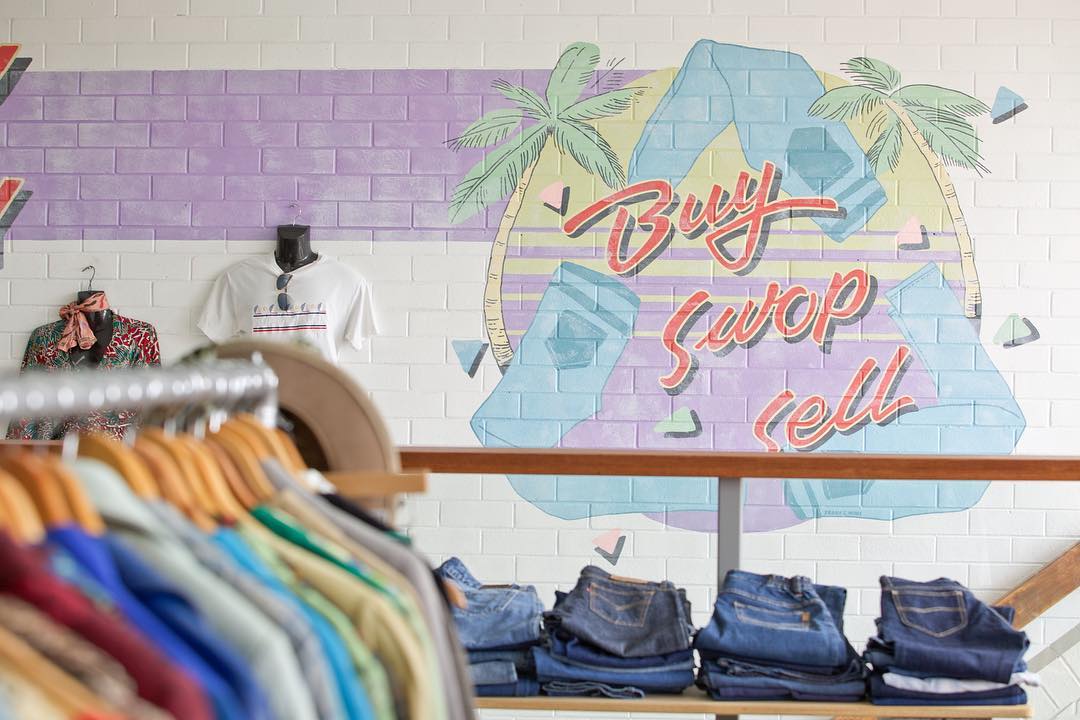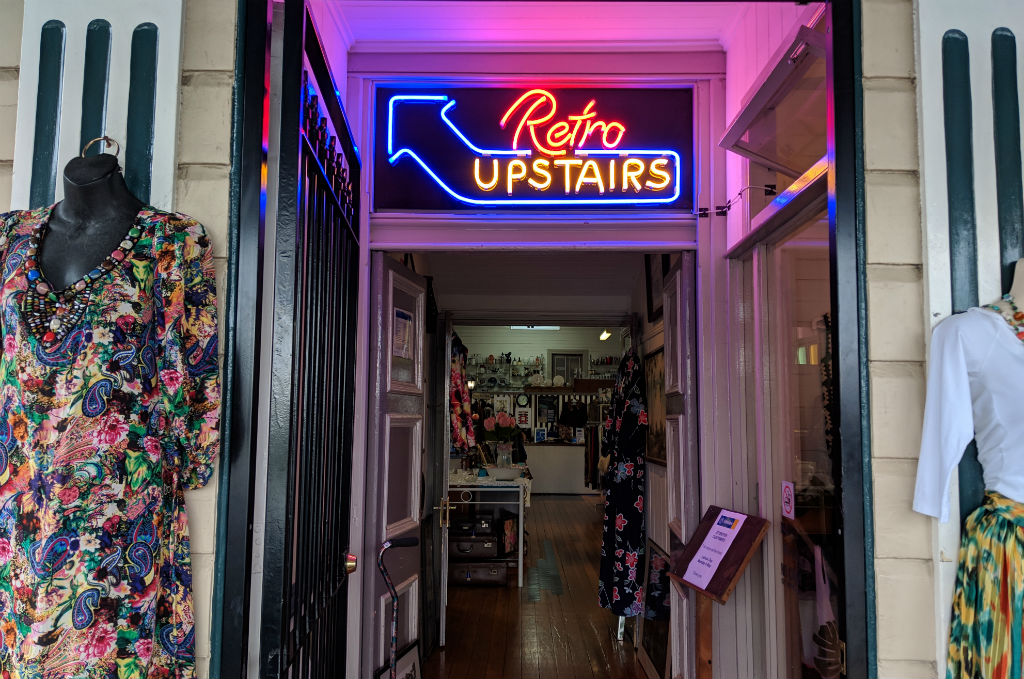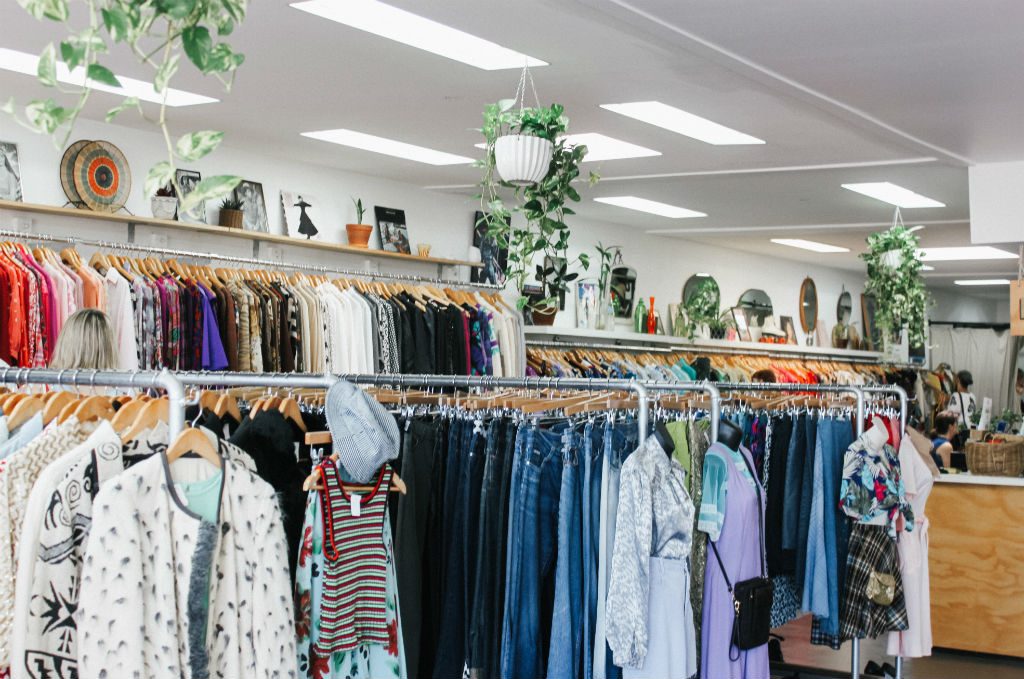If you’ve recently found yourself thinking “I have nothing to wear” or reaching for the same outfit despite a wardrobe full of clothing, it’s likely you’re due for a wardrobe clean out. It’s easy to fall out of love with a lot of your wardrobe, especially if the clothes are dated or require maintenance, but adding to the pile doesn’t necessarily help.
If you live in Australia, it’s likely you purchase about 27kg of clothing every year and dump 23kg of that. It’s the reason why 6000kg of textiles go to landfill here every ten minutes, creating a big environmental problem and wasting precious resources such as water, electricity and fabrics. But it doesn’t have to be that way.
Buying quality over quantity should be the goal, so you can stop the churn in your wardrobe. You can also mend your garments or alter them so they’re still functional, giving them a new lease on life. With the pieces that simply must go, you have a few different options that’ll help reduce your environmental impact. Here’s what to do with your pre-loved pieces.
1. Sell it

The resale market is taking off globally, with reports predicting that it’ll overtake the fast fashion market by size within the decade. And this is a trend we can get behind. Reselling your clothing helps to reduce the environmental impact of a garment by extending its life and saving it from landfill. It also becomes a much more sustainable habit for you, if you tend to churn through seasonal clothing. You’ll also feel great knowing you’ve passed it onto a happy buyer.
Once you have completed your wardrobe clean out and identified the quality items that are worth reselling (ie. designer brands, vintage items, anything of quality or in new or near new condition), there’s a few different platforms or stores where you can sell your garments. Your options include in person at SWOP or online via Depop, Facebook marketplace, Facebook buy swap and sell groups, Gumtree, Ebay or Instagram to name a few.
2. Swap it
Clothes swaps are a great way to give your garments a new life while getting something in return. There’s a number of official and non-official ways you can do this depending on the quality of the garments. You can organise a swap event with friends, go along to a public swap event, or even use buy, swap and sell groups on Facebook. The benefit is that for every piece you put out, you should be able to get a piece of similar quality back, refreshing your wardrobe for free.
Looking to host a clothes swap at home? Check out my guide here.
3. Gift it
When you’re cleaning out your wardrobe, make note of the pieces that you think your friends or family would love. Gifting clothing is a great way to pass on secondhand clothing, ensuring the pieces go to good homes. Sometimes this is even more rewarding than selling your clothing. If you’ve got a piece that you think someone would love but isn’t worth selling, you can also put it on a platform such as Gumtree marked ‘to give away’.
4. Donate it

The traditional way of passing on your clothing is still an option and shouldn’t be overlooked. Charity stores around the country rely on your donations throughout the year and they are so happy to take your pre-loved garments. A couple of things should be considered when donating to op shops: clothes should be washed before you take them. Ideally they would be mended if there are any holes or seams ripped. And they should be donated or dropped off during the store’s opening hours. This last one is the single most important part of your donation, which I’ve written more about here.
5. Recycle it
Clothes that aren’t fit for donation can be recycled into various new products thanks to the fantastic textile recycling options now operating in Australia. One brand taking the reins on this process is Upparel – a textile recycler that sorts, donates and recycles your unwanted fashion items. To recycle your garments, simply purchase a credit online, pack your goods into a box, print your shipping label and kiss goodbye to your goods. Your items will be either donated or recycled into rags or various products (such as ottoman fillings).



